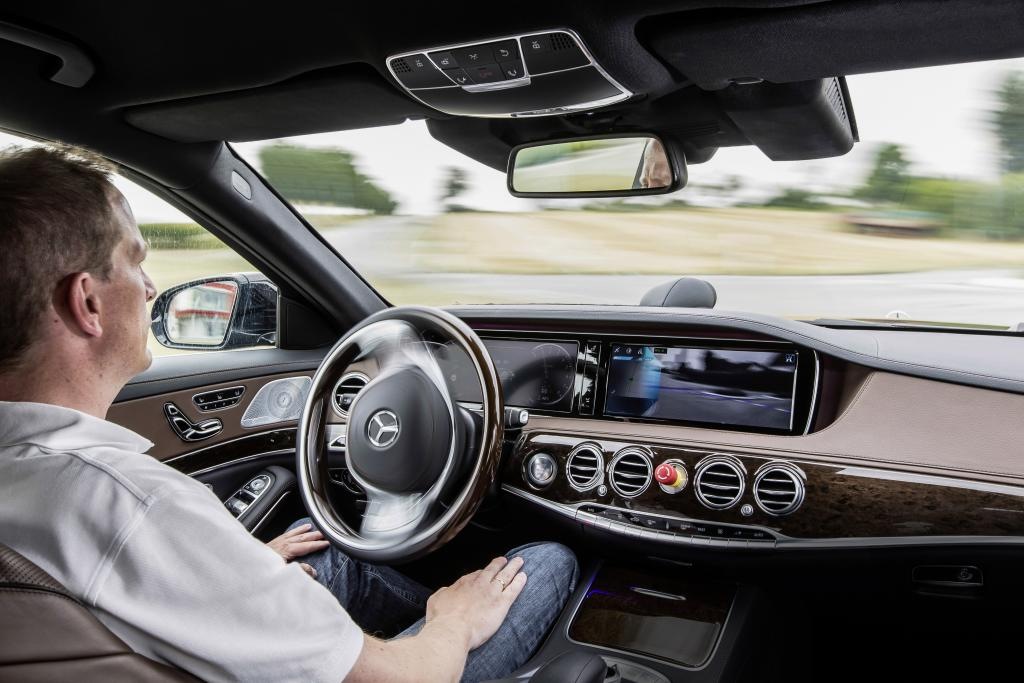The driverless car push ignores challenges of people and context

Autonomous or driverless cars are based on a technology push strategy. Beyond statements like “freeing up time”, “reducing accidents” and some simple scenarios on “remote parking” or “vehicle sharing”, there is far too little thought on what such vehicles imply for people’s behaviors and possible future contexts of use.
Even a cursory reflection from a human-centered point of view highlights serious non-tech challenges. Here are three that come to mind immediately:
The backup driver
Driverless cars so far are level 3 autonomous cars, with a backup driver when things go wrong (much like the role of a commercial airplane pilot). The driver can fully cede control of all safety-critical functions in certain conditions. The car senses when conditions require the driver to retake control.
Fully autonomous level 4 vehicles are currently not legal. Google is not even allowed to put them on California roads.
So, the argument goes, there will be a transitional phase of level 3 autonomous cars that will automatically end up in the fully autonomous level 4 mode, once people – and legislators – get used to it.
The problem is that such “transitional” level 3 autonomous cars do not make sense from a human cognitive perspective: if the (backup) driver is not engaged in the act of driving, he/she will very likely not be paying concentrated attention to the road. The occasionally required switch from autonomous to manual driving would therefore imply a drastic human cognitive mode change – from doing “something else” to driving. Such a mode switch will not be fast (think many seconds!) and this will have serious safety implications. How can people quickly take control of a challenging driving situation if they are immersed in watching a video or taking a nap only seconds before?
The only way to get around this is for the driver to be forced to pay attention to the road (like the guy in the picture above), but what then is the point of a driverless car?
The skill
Level 3 autonomous cars also do not make sense since driving is a skill of practice. We become better drivers the more we drive. If we were to drive very little, we are unlikely to maintain the skills required to face challenging driving situations when we have to retake manual control. This problem is already manifest with commercial airline pilots.
The context
Most thinking on driverless cars reproduces the model of the single occupant vehicle, now “freeing up the driver to do other things”. Yet, autonomous vehicles provide strong opportunities to rethinking mobility systems entirely, by taking into account sustainability as well as challenging mobility contexts (e.g. the dense urban environments of European cities which are historically not built around cars, and have a lot of different mobility modes). The one occupant autonomous vehicle is not the only model, nor necessarily the best one. This contextual approach seems to be largely ignored by the tech companies and the automotive alliances investing in driverless cars, despite the large sums of money involved, yet the transformational opportunity is exactly in that ecosystem scenario space.
Most of those engaged in the research and discourse on driverless cars seem to be deeply seduced by the technology, without thoroughly exploring the human and contextual challenges involved. What is needed is for UX researchers to get involved and for corporates to give them the space and budgets to do so.



